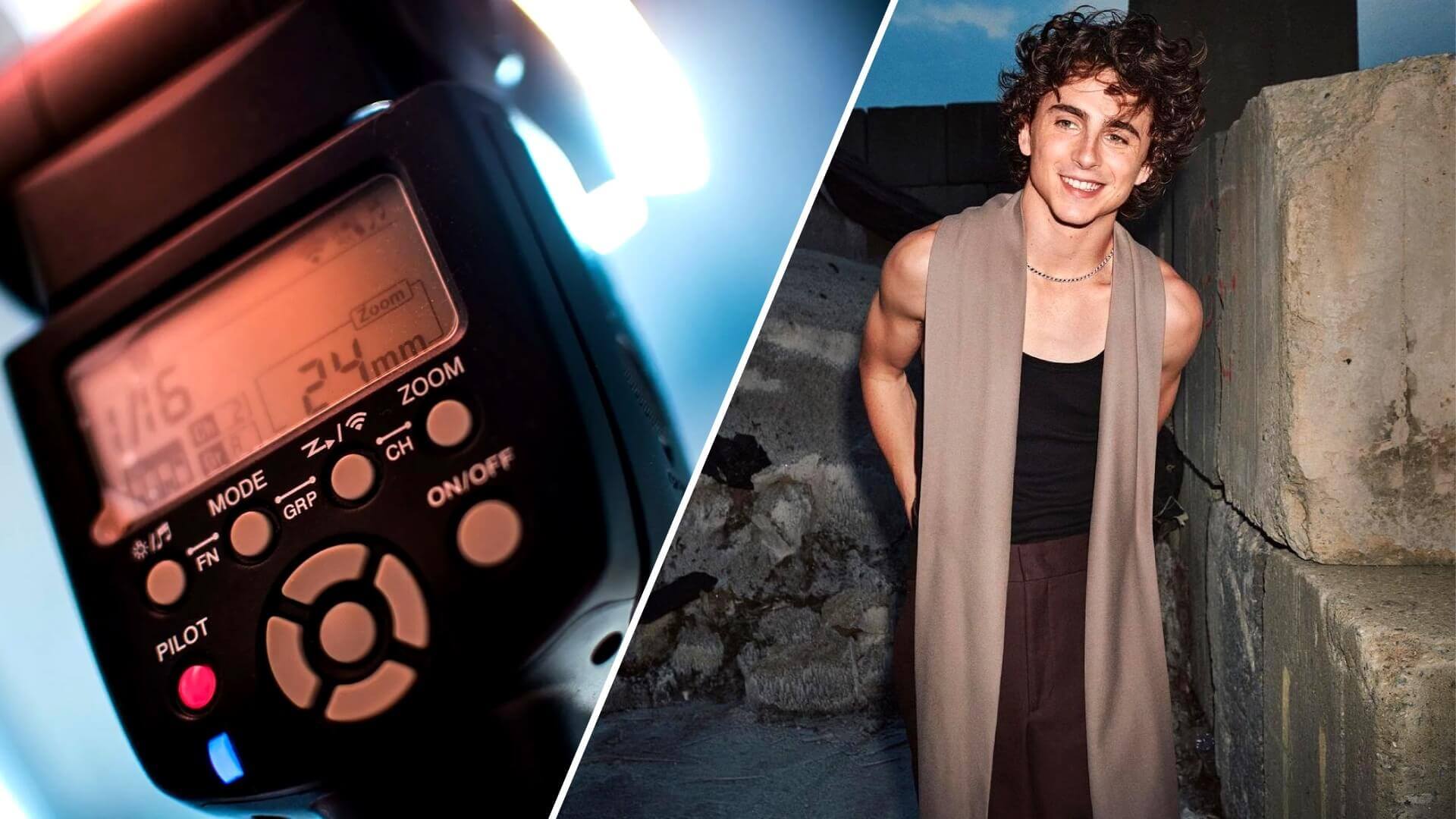Photography is the art of capturing images by harnessing light. However, what if the available light is insufficient? This is where the magic of flash photography comes into play. In this article, we’ll analyze the fundamental reasons why photographers choose to incorporate flash photography into their craft, as well as the captivating creative effects it can produce.
Flash Photography Meaning
What does flash photography mean?
Before we delve into the intricacies and applications of flash photography, it's essential to establish a firm understanding of what it actually entails.
FLASH PHOTOGRAPHY DEFINITION
What is flash photography?
Flash photography is a technique where a camera's flash is used to illuminate a subject or scene. The flash can be built-in or externally attached to the camera. Historically, flash photography has evolved significantly. In the early days, photographers used a dangerous and unpredictable method known as flash-lamp, where a small amount of powder was ignited to create a brief burst of light. Modern technology now allows for safer and more controlled lighting conditions.
What is Flash Photography Used For?
- Overcoming low-light conditions
- Enhancing subject details
- Balancing ambient light
Flash Photography Basics
The science behind flash photography
A camera flash works by emitting a short, intense burst of light that illuminates the subject of the photograph. The flash is triggered by shutter release button. And its duration is so brief that it effectively freezes motion, making it useful for capturing fast-moving subjects.
In photography, light plays a crucial role in determining how a photo will look with proper lighting exposure or desired aesthetic. Natural light can create beautiful effects but is not always available or suitable for the desired outcome. This is where artificial light, like camera flash, comes into play.
Flash Photography for Beginners
Types of Flash Photography
There are various types of flash photography, each with its own advantages and disadvantages.
On-camera flash
This refers to the flash that is physically attached to the camera. While convenient, it can often result in harsh shadows or red-eye effect in portraits.
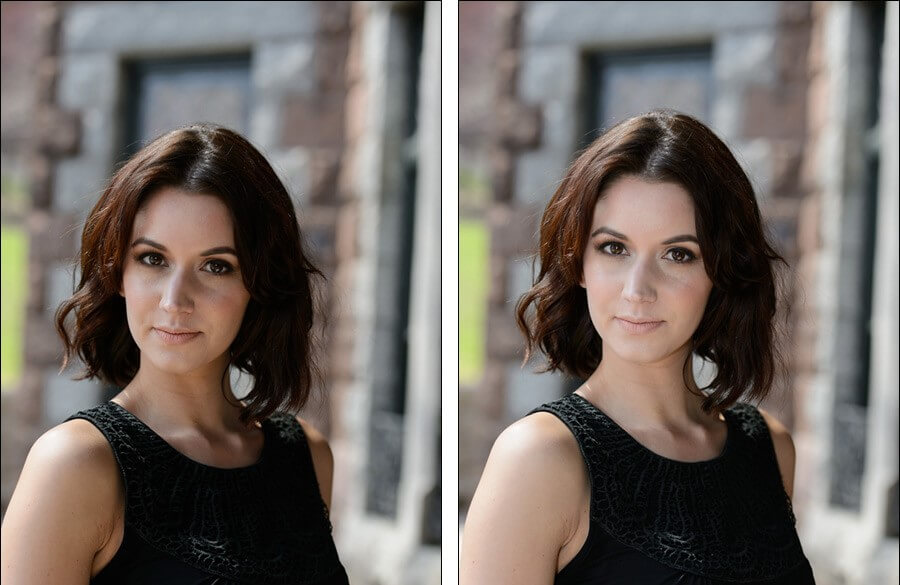
On-camera Flash Photography Examples
Off-camera flash
This involves using a flash that is separate from the camera, allowing for more control over the direction and quality of light. It requires additional equipment like stands and triggers but offers greater creative possibilities. Here is a great video breaking down some off-camera flash photography tricks.
Quick and EASY Flash Photography Tips
Studio strobes
These are powerful flashes typically used in professional studio settings. They offer high power and flexibility but can be expensive and less portable than other options.
What is Flash Photography Used For?
Uses of flash photography
Flash photography is widely used in various scenarios, such as capturing stunning portraits in low-light conditions, freezing fast-paced action in sports photography, and illuminating subjects in indoor environments to ensure clear and vibrant images.
The use of flash also adds an extra dimension to photography, allowing photographers to unleash their creativity and capture moments that would otherwise be missed in the absence of sufficient lighting.
Overcoming Low-Light Conditions
Flash photography is crucial for capturing images in low-light settings, whether it's indoor events or nighttime landscapes. This video breaks down when and how you would use flash photography in low light situations.
When why and how to use ON CAMERA FLASH
Enhancing Subject Details
The use of flash helps bring out the details of the subject, ensuring clarity and sharpness in the final photograph.
Balancing Ambient Light
Flash photography helps balance the ambient light, preventing overexposure or underexposure while maintaining the natural look of the scene. This is often known as fill-flash.
Fill Flash Basic: Exploring Photography with Mark Wallace
Creative Effect
The most exciting aspect of flash photography is the creative effects it can produce. By manipulating the direction, intensity, and color of light, photographers can create unique and dramatic images that stand out from traditional natural light photography.
This includes long-exposure photography, slow sync flash, motion blur, and light painting techniques.
Related Posts
What is Flash Photography Equipment?
Essential equipment
When it comes to flash photography, there are a few must-have pieces of equipment that you just can't go without. These little gems will help you achieve the perfect lighting conditions and bring your creative vision to life.
Flashes
These include speedlights (portable and versatile), monolights (powerful standalone units), and ring flashes (creates even light, often used in macro photography).
Light modifiers
These alter the quality of light. Softboxes diffuse light for a softer effect, umbrellas spread light over a wide area, and diffusers soften the light.
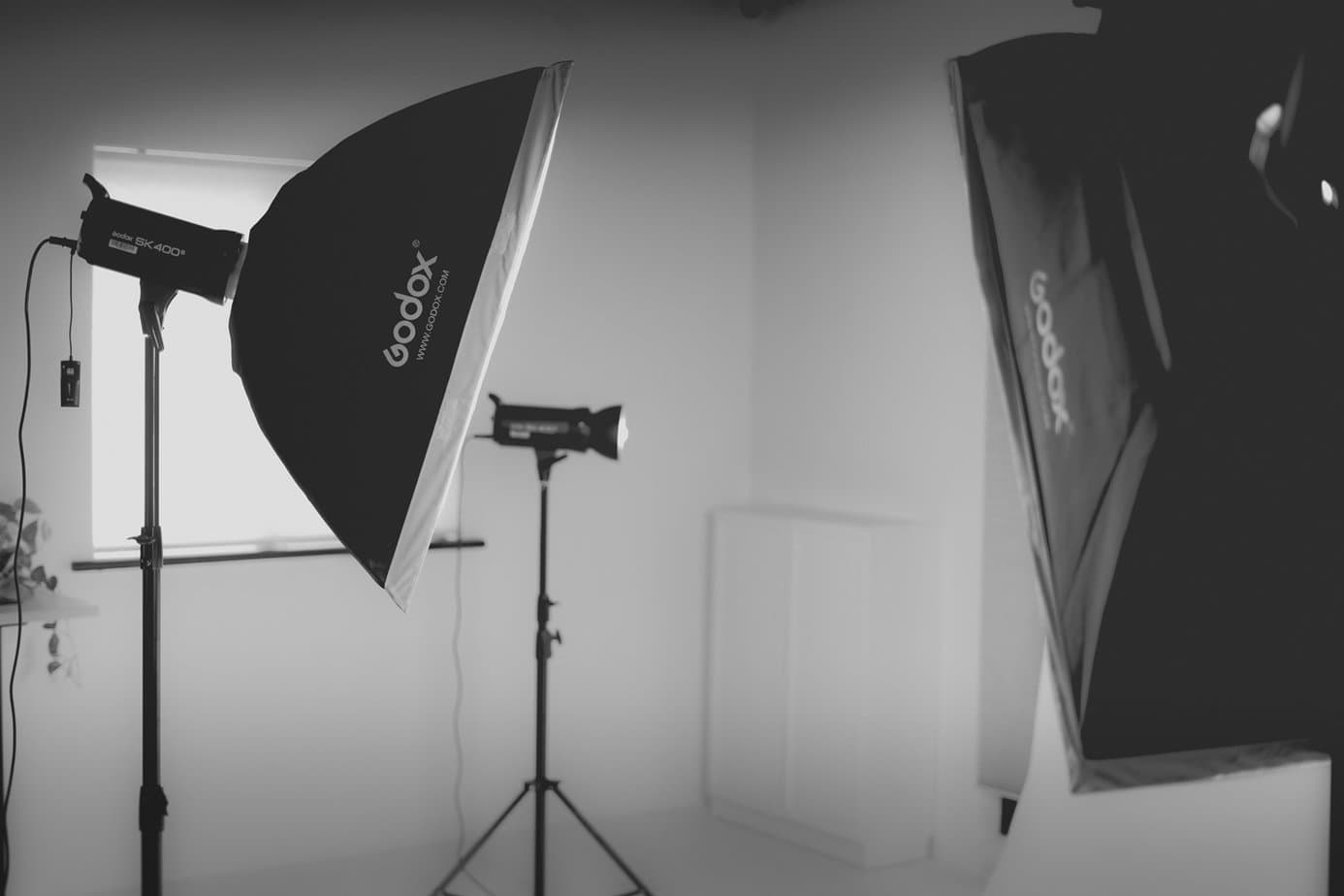
Softboxes
Triggers and receivers
These wireless devices are designed to seamlessly trigger off-camera flashes, allowing photographers to capture stunning images with enhanced lighting control.
Flash Photography Tips
Tips and tricks for flash photography
Successful flash photography often involves more than just pointing and shooting. Here are some tips:
Balancing flash with ambient light: This creates a natural look, where the flash isn't overpowering.
Bouncing the flash: Aim your flash at a wall or ceiling to create softer, diffused light.
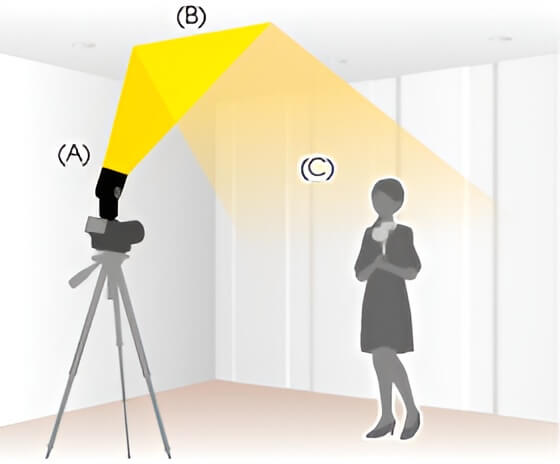
Bouncing flash
Using gels to match color temperature: This helps when the flash's light color doesn't match the ambient light, like in rooms with tungsten bulbs.
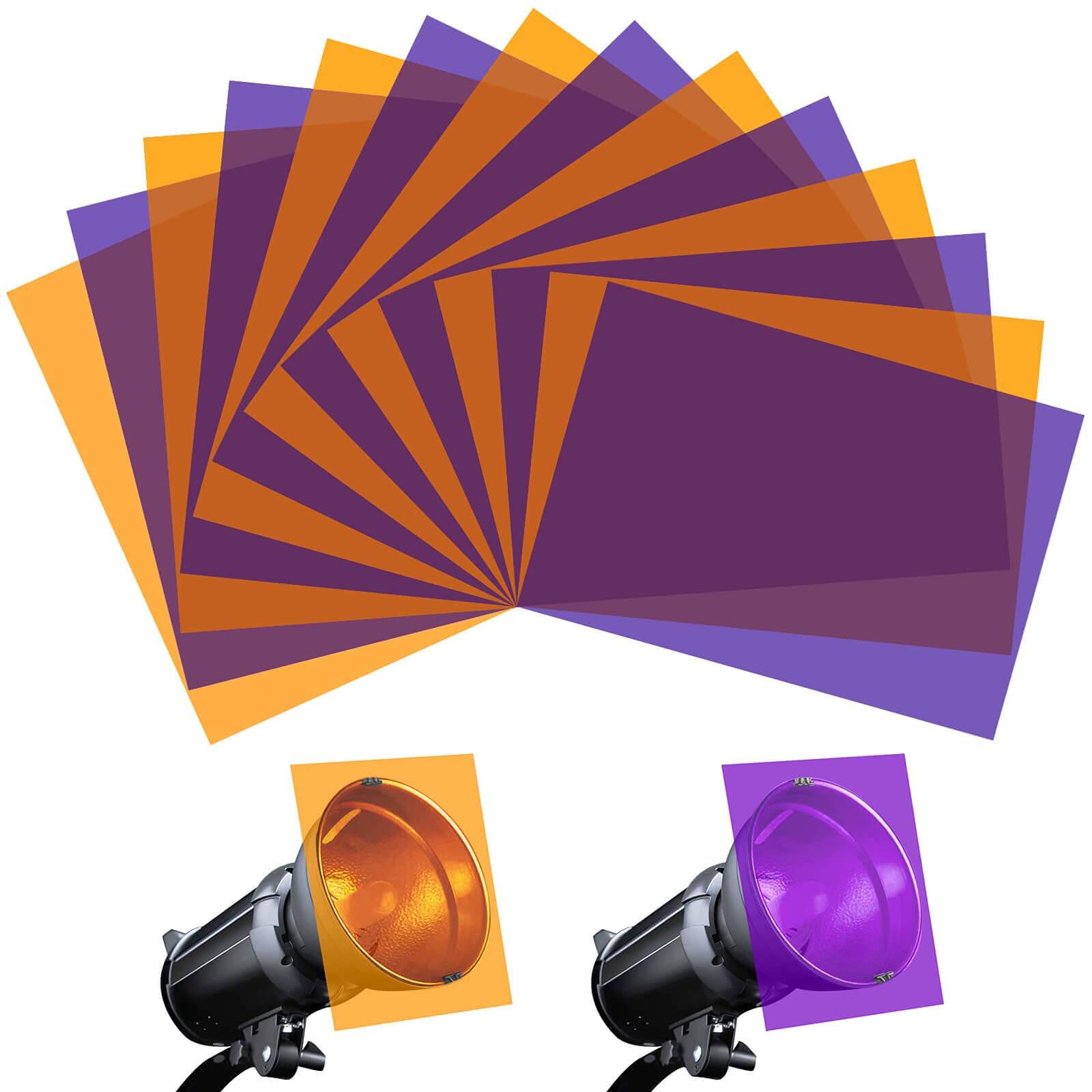
Lighting gels
Flash photography serves a dual purpose — it is not only crucial for proper exposure but also offers creative opportunities. It's a valuable tool in a photographer's arsenal, shaping the way scenes and images are captured.
This is where innovation comes into play in the world of photography. Understanding the why and how behind using flash will transform your perspective on capturing moments.
Up Next
What is Fill Flash?
As we continue to delve into the art of flash photography, it's essential to explore its various techniques. One method that stands out for its versatility in balancing exposure and adding depth to your images is the fill flash technique. Learn more in our next article.
Up Next: Fill Flash Explained →
Showcase your vision with elegant shot lists and storyboards.
Create robust and customizable shot lists. Upload images to make storyboards and slideshows.
